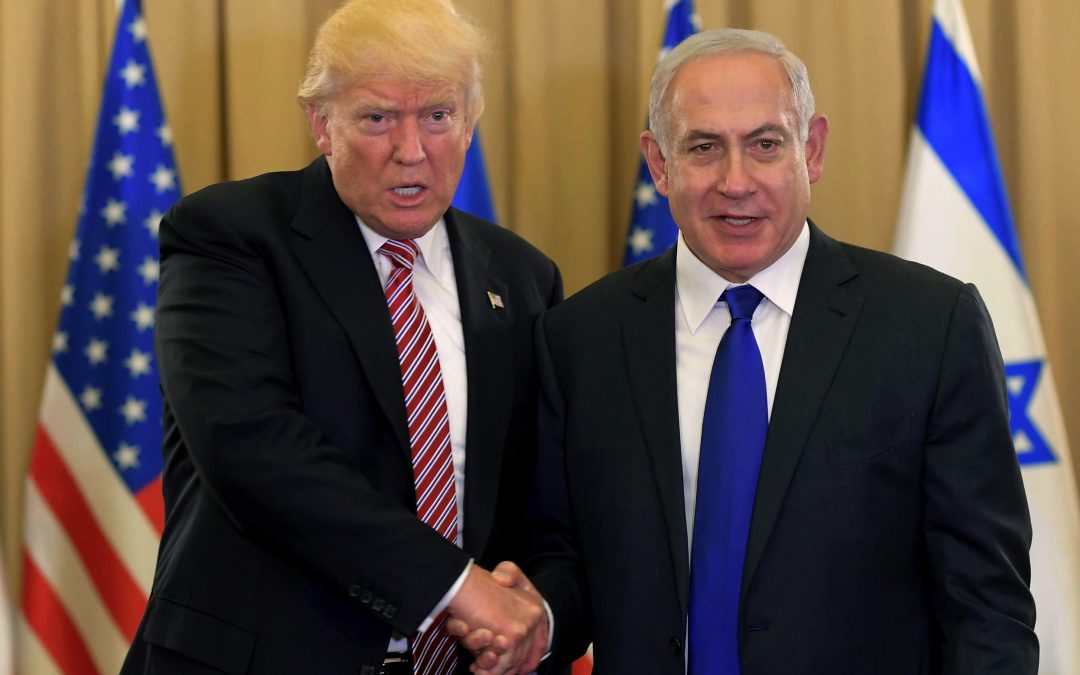According to the Centers for Disease Control, over 93,000 people died from drug overdoses in 2020. That’s an all-time high, and the steepest year-over-year increase in thirty years. By way of comparison just over 72,000 Americans died of overdoses in 2019. Some 57,000...


